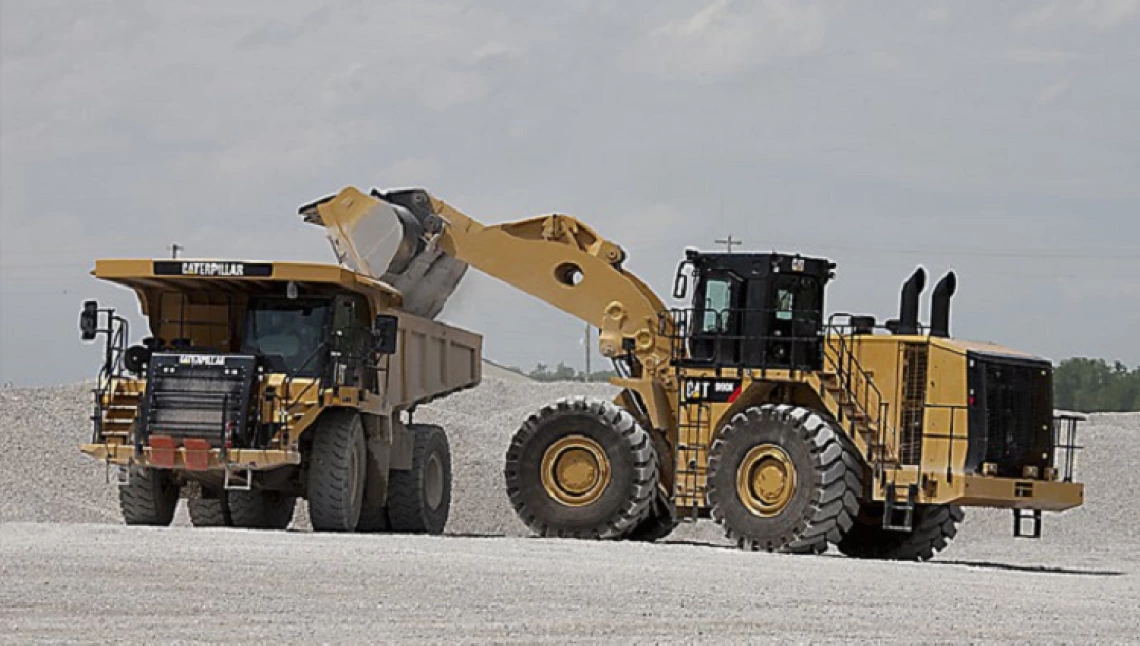Alum Working with Capstone Team to Reduce Mirror Distortion

Construction accidents in the United States cost an estimated $10 billion per year, and they’re especially dangerous and costly when large machines are involved. An Interdisciplinary Capstone team is working with construction and mining equipment company Caterpillar to solve a problem at the crossroads of engineering and optical sciences. The mirrors on their heavy machinery occasionally have distortions, meaning the operators do not have a clear, reliable view of their workspace.
Team 23058 is creating a system that quantitatively measures the distortion of mirrors in less than 20 seconds. The student team plans to create a system that the mirror supplier can use to do their own distortion analysis using a laser grid. Caterpillar will also use this system for inspections. They're working with project advisor Nitin Patel, a supervisor at Caterpillar and Wildcat alum who graduated in 2002 with a BS in mechanical engineering.
“The team specifically chose the University of Arizona for this project due to the strength of its optical engineering and senior design capstone programs,” said Patel.
The distortion occurs during the glass tempering process and cannot be fixed. While all curved mirrors naturally have some distortion, the company has stated that variation in distortion is not acceptable. The team will test four different types of “spherical radius mirrors” found on Caterpillar’s machines. This continues a longstanding relationship between the UA and Caterpillar, the world's largest construction equipment manufacturer.
“It brings me a lot of joy being able to work with students on real-world problems,” he said. “I enjoy being able to share what it is like to be an engineer and to help them think about their projects differently.”
